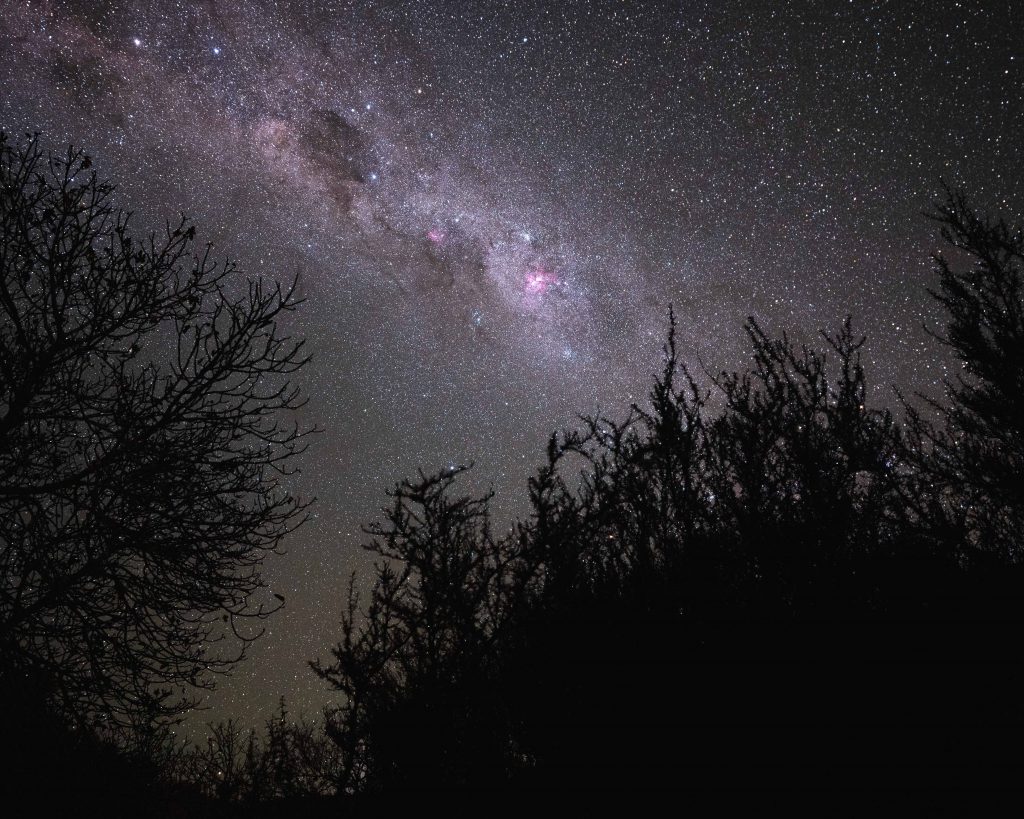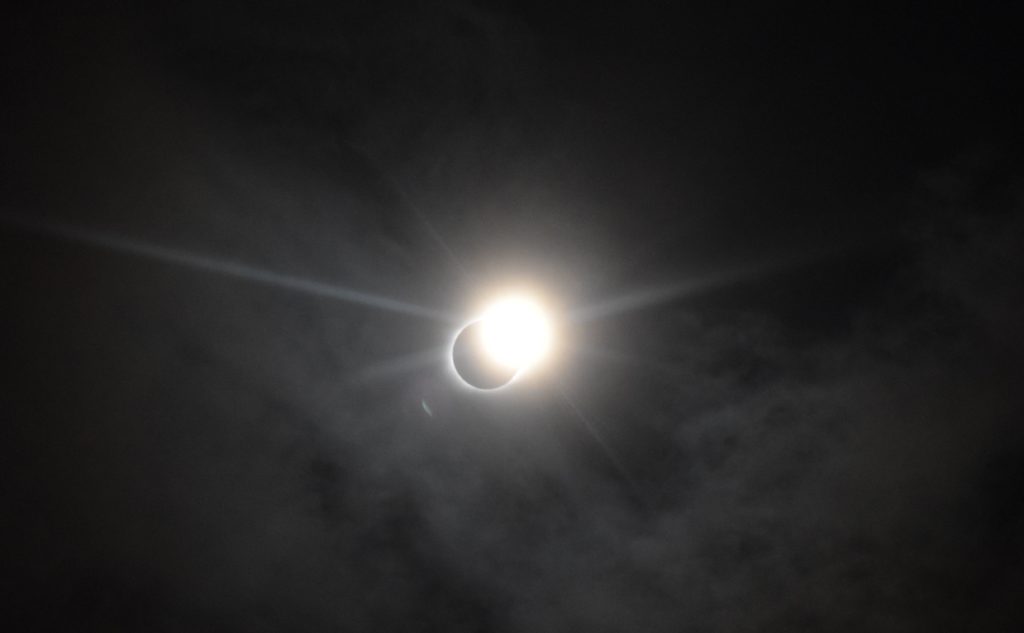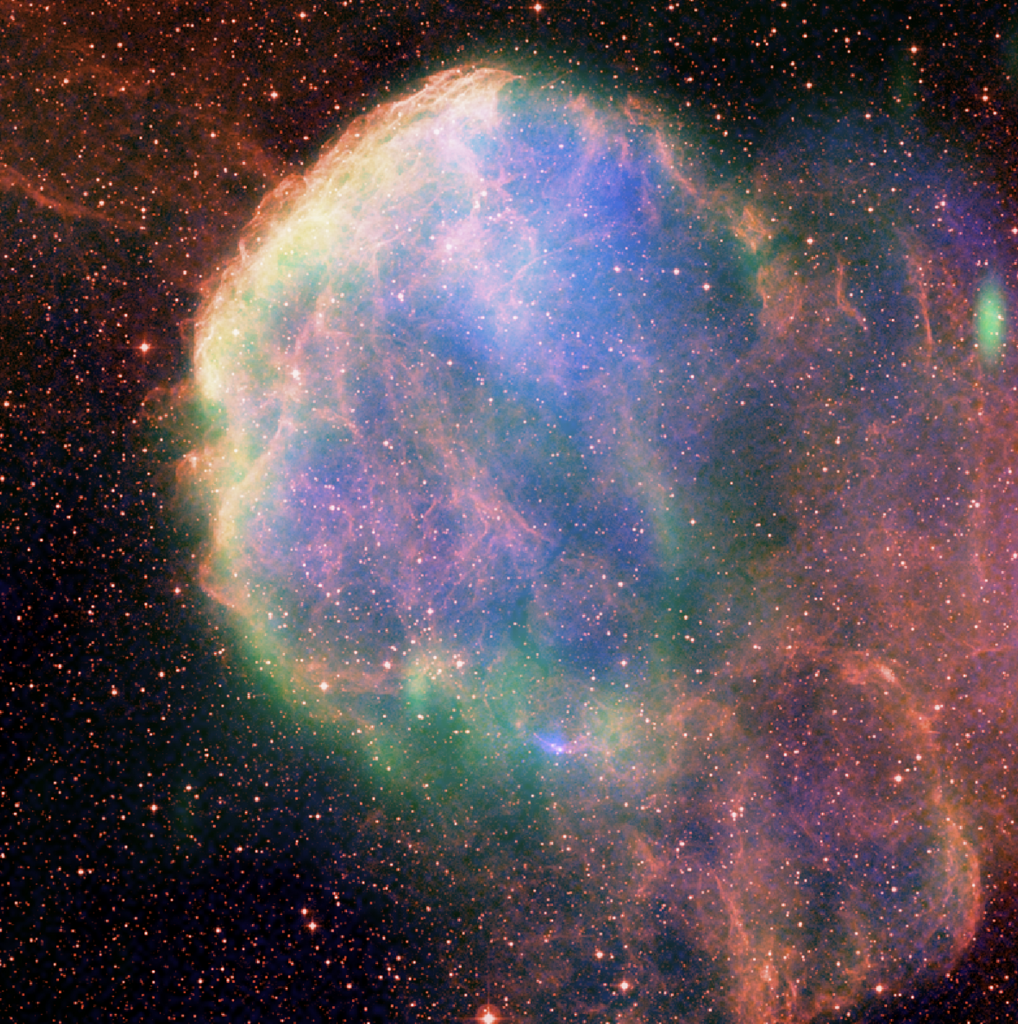
The Eta Carinae Nebula, the jewel of the southern-hemisphere constellation Carina, the Keel, is the most spectacular example of an active star factory in all the heavens. The nebula is about 260 light years across, some seven times larger than the Orion Nebula. And while 7,500 light years away, five times farther away than Orion, it’s still easily visible to the even the most casual stargazer as a large frosty patch three times as wide as the full Moon in the Milky Way west of the constellation Crux, the Southern Cross [Read more…] about The Eta Carinae Nebula
Share This:


